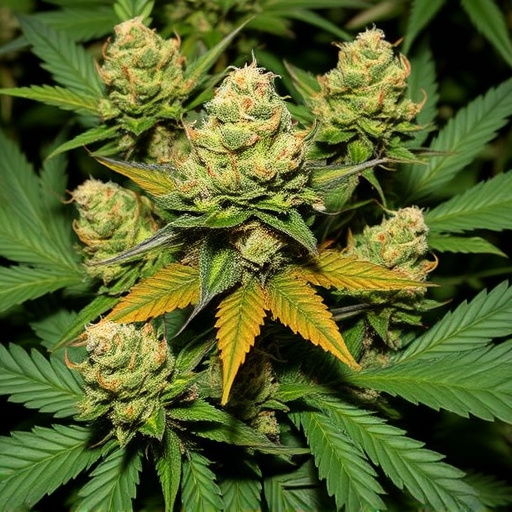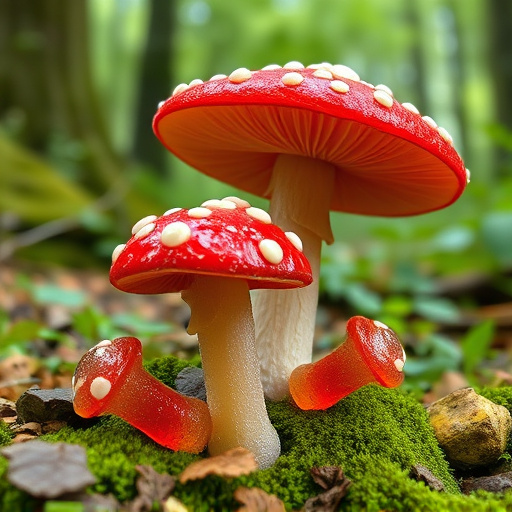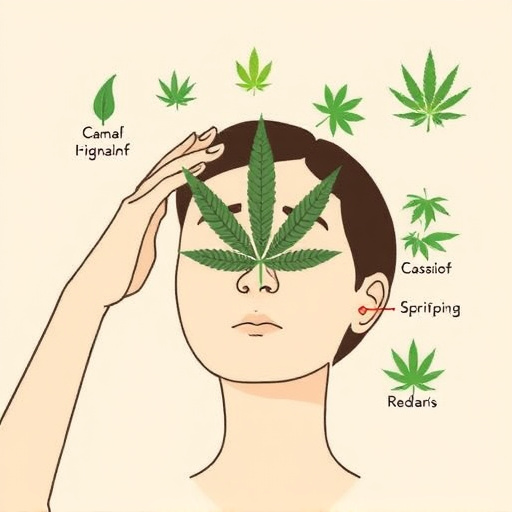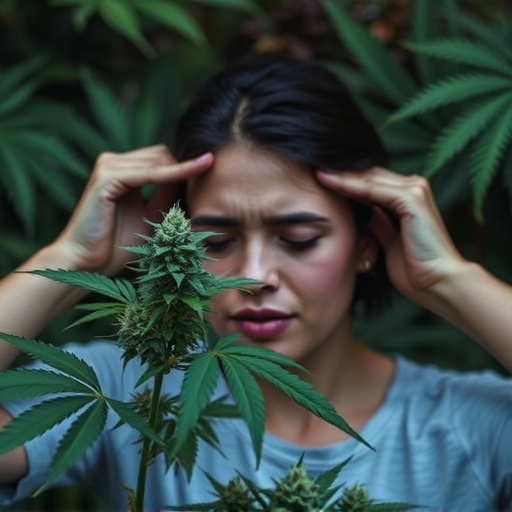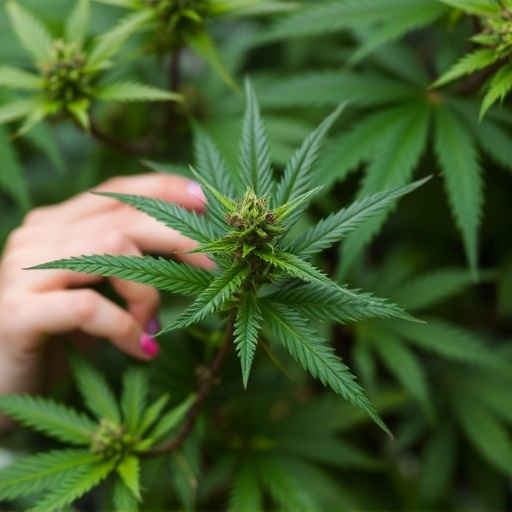When considering cannabis as a migraine treatment, choose low-THC, high-CBD strains like Harlequin or Charlotte's Web, infused with beneficial terpenes, to reduce inflammation. For culinary use, decarboxylate cannabis and infuse it into fats for baking goods, sauces, or drinks. Prioritize safety by using high-quality strains, starting with low dosages, and maintaining consistent measurements for optimal migraine relief without adverse effects.
Discover the best ways to infuse cannabis into food, offering a natural approach to managing conditions like migraines. Explore how specific cannabis strains, known for their therapeutic properties, can provide relief. Learn effective methods to incorporate cannabis into your cooking, ensuring safety and optimal dosage. Uncover tips and guidelines for navigating this alternative treatment option, allowing you to harness the potential of cannabis in a controlled and beneficial manner.
- Choosing the Right Cannabis Strains for Migraine Relief
- Methods to Infuse Cannabis into Food
- Safety and Dosage Considerations when Cooking with Cannabis
Choosing the Right Cannabis Strains for Migraine Relief

When considering cannabis as a potential treatment for migraines, choosing the right strain is paramount. Certain cannabis strains are known to offer relief from migraine pain and associated symptoms like nausea and sensitivity to light and sound. Look for strains with high levels of CBD (cannabidiol) and low THC (tetrahydrocannabinol), as CBD has been shown to reduce inflammation and alleviate discomfort without the psychoactive effects associated with THC. Strains such as Harlequin, Charlotte’s Web, and AC/DC are popular choices due to their balanced cannabinoid profiles.
In addition to CBD content, terpenes—the aromatic compounds in cannabis—can also play a role in migraine relief. Terpenes like linalool and myrcene have been linked to reduced inflammation and pain perception. Some strains specifically cultivated for migraine relief may incorporate these beneficial terpenes, further enhancing their therapeutic properties. Always consult with a healthcare provider or a knowledgeable cannabis specialist before incorporating cannabis into your migraine management regimen.
Methods to Infuse Cannabis into Food

When considering how to infuse cannabis into food, understanding different methods is key to achieving the desired effect and taste. One popular technique involves using cannabis butter or oil, which can be easily incorporated into various recipes like baking goods, sauces, or even beverages. This method allows for a subtle yet effective infusion, making it ideal for those looking to incorporate cannabis into their daily cooking.
For those seeking more targeted relief, such as using cannabis strains for migraines, decarboxylating the plant material before infusing is crucial. Decarboxylation activates the cannabinoids, ensuring they’re bioavailable when consumed. This process can be done through heating techniques like oven baking or using a decarboxylator, followed by combining with butter, oil, or other carrier fats for subsequent food applications.
Safety and Dosage Considerations when Cooking with Cannabis
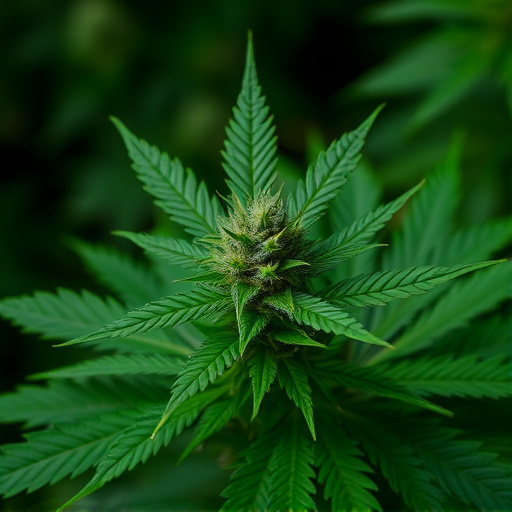
When cooking with cannabis, safety and dosage are paramount considerations. It’s crucial to remember that cannabis is a powerful compound, and its effects can vary greatly from person to person. Start by choosing high-quality cannabis strains known for their therapeutic properties, such as those effective in alleviating migraines. These strains often contain specific cannabinoids like THC and CBD, which offer different benefits.
Always begin with a low dosage and gradually increase until you find the right balance that provides relief without causing adverse effects. Consistency is key; using precise measurements and following reliable recipes ensures a safe and enjoyable culinary experience. Remember, cooking with cannabis is an art, and understanding your body’s response to it is essential for a positive outcome.
Cannabis has shown promise in migraine relief, with specific strains offering benefits. By understanding how to infuse cannabis into food, you can create edible remedies tailored to your needs. However, always prioritize safety and dosage; consult healthcare professionals for guidance. Experimenting with different methods and strains allows you to discover the best fit for managing migraines naturally.
